Introduction
Humanoid robots are set to become one of the most significant deployments of generalist robotics in history. Much like how ChatGPT has revolutionized AI-powered conversations, humanoid robots are poised to transform industries ranging from manufacturing and healthcare to customer service and household assistance. With advancements in foundation models, simulation technology, and high-performance computing, we are on the brink of an era where humanoid robots will seamlessly integrate into daily life.
This article explores the current state of humanoid robotics, the technological breakthroughs driving their progress, and what it will take to bring fully functional humanoid robots to reality.
The Evolution of Humanoid Robotics
1. From Science Fiction to Reality
For decades, humanoid robots have been a staple of science fiction, from C-3PO in Star Wars to real-world prototypes like Honda’s ASIMO and Boston Dynamics’ Atlas. While early attempts at humanoid robotics were impressive, they lacked the intelligence, adaptability, and generalist capabilities required for large-scale deployment.
Today, thanks to AI-powered foundation models and breakthroughs in deep learning, humanoid robots are evolving from experimental projects to practical, real-world solutions.
2. Key Advancements Enabling Humanoid Robots
Several technological breakthroughs have fueled the progress of humanoid robotics:
- Foundation AI Models: Large-scale language and vision models, like GPT-4 and multimodal AI, enable robots to understand and interact with their environment.
- Simulation Technology: High-fidelity physics simulations allow robots to train in virtual environments before real-world deployment.
- Edge Computing & Real-Time Processing: High-performance AI chips and edge computing ensure robots can process data and make decisions instantly.
- Advanced Actuators & Sensors: Human-like dexterity and motion have been improved through biomechanically inspired designs.
The Future of Humanoid Robotics
1. Key Industries for Humanoid Robot Deployment
Humanoid robots will revolutionize multiple industries, including:
a) Manufacturing & Logistics
- Automated humanoid robots will assist in warehouses and factories, handling repetitive or dangerous tasks.
- Companies like Tesla, Figure AI, and Agility Robotics are actively developing humanoid robots for industrial applications.
b) Healthcare & Elderly Care
- Humanoid robots can provide assistance to elderly and disabled individuals, offering companionship and support.
- AI-powered medical robots can help nurses and doctors in hospitals, reducing workload and improving patient care.
c) Retail & Customer Service
- Intelligent humanoid robots can serve as retail assistants, hotel concierges, and customer support agents.
- AI-driven conversation models allow them to engage in natural, human-like interactions with customers.
d) Household Assistance & Personal Robotics
- Future humanoid robots may handle daily chores, cooking, cleaning, and personal assistance.
- Companies are exploring affordable humanoid robots for home use, much like smart home assistants today.
2. Challenges & Barriers to Widespread Adoption
Despite the progress, several challenges must be addressed before humanoid robots become mainstream:
- Cost & Scalability: Advanced robotics components remain expensive, limiting large-scale production.
- Energy Efficiency: High power consumption restricts the operational time of humanoid robots.
- Safety & Ethics: Ensuring safe human-robot interaction is crucial for public adoption.
- Learning & Adaptability: Robots must continuously learn from their environment to perform complex tasks effectively.
What It Will Take to Bring Humanoid Robots to Reality
1. Advancements in Foundation Models
- AI models need to improve in reasoning, memory, and real-world adaptability.
- Self-learning robots will require ongoing AI training to refine their decision-making capabilities.
2. Simulation Technology & Digital Twins
- Virtual training environments will allow robots to practice thousands of tasks before real-world deployment.
- AI-enhanced physics engines will help simulate real-world interactions more accurately.
3. High-Performance Computing & Hardware Innovations
- AI chips and edge computing need to become faster and more energy-efficient.
- Advanced battery technologies will allow humanoid robots to operate for extended periods without frequent recharging.
4. Regulatory & Ethical Considerations
- Governments and organizations must establish safety guidelines for humanoid robots in workplaces and homes.
- Ethical concerns about job displacement, autonomy, and privacy must be addressed to ensure responsible AI adoption.
Conclusion
Humanoid robots are no longer just a concept from science fiction—they are rapidly becoming a reality. With ongoing breakthroughs in AI, robotics, and computing, humanoid robots are set to revolutionize industries and daily life. However, challenges related to cost, energy consumption, and adaptability must be overcome to ensure their widespread adoption.
As AI models continue to evolve, the dream of generalist humanoid robots seamlessly assisting humans in work and life is closer than ever. The next decade will likely define how these robots integrate into society, shaping a future where AI-powered humanoids are as commonplace as smartphones are today.

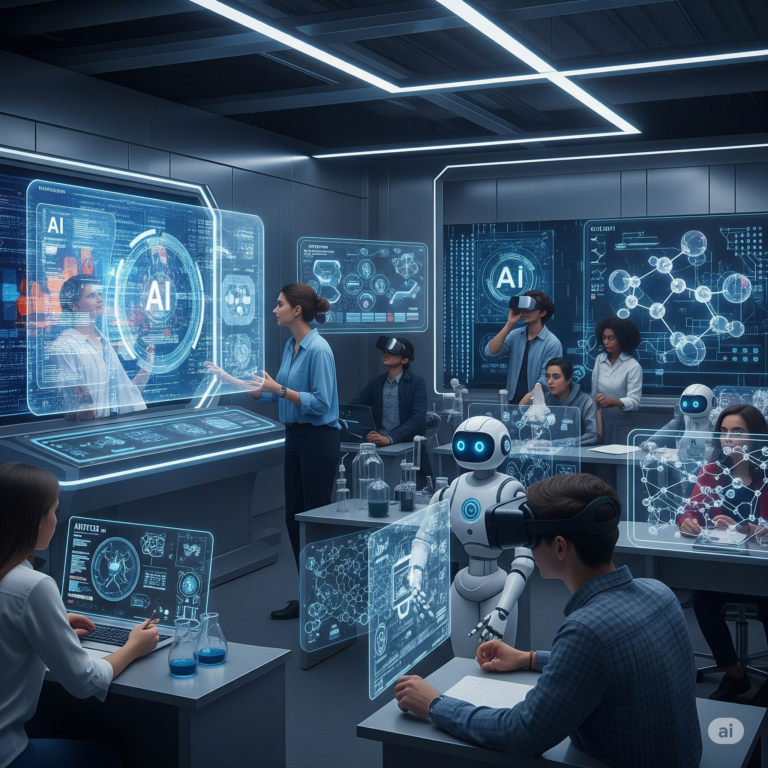

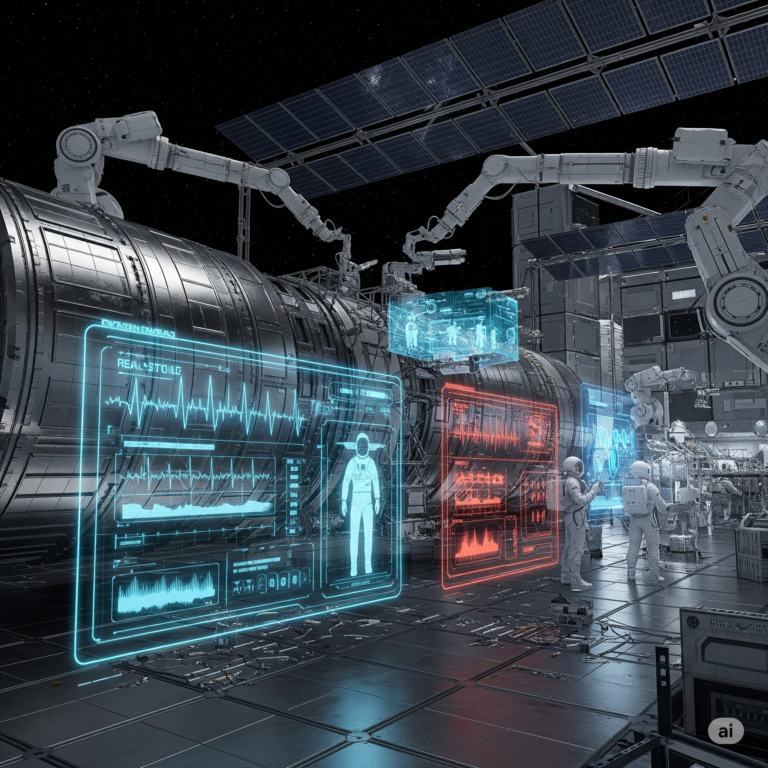
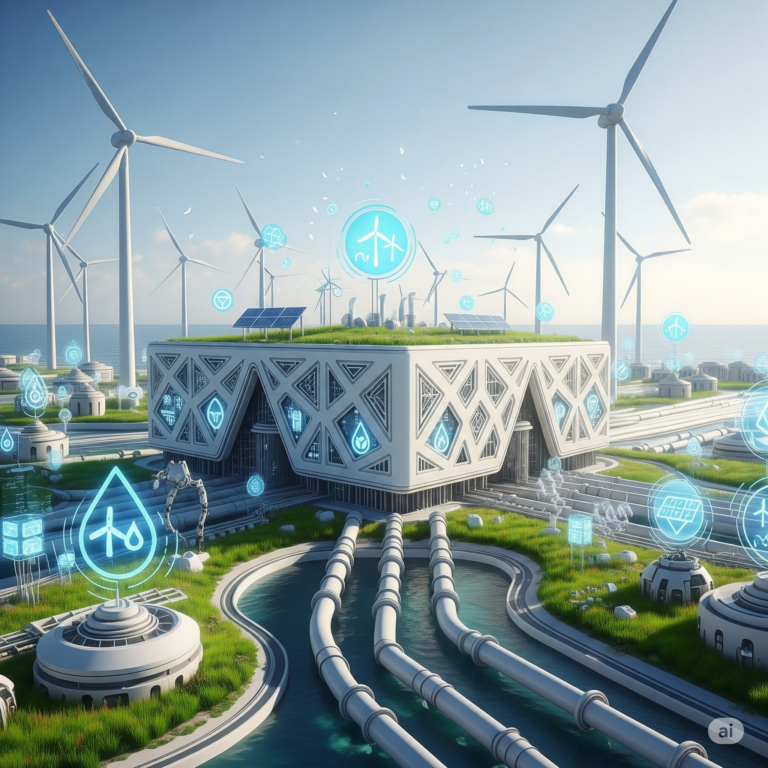
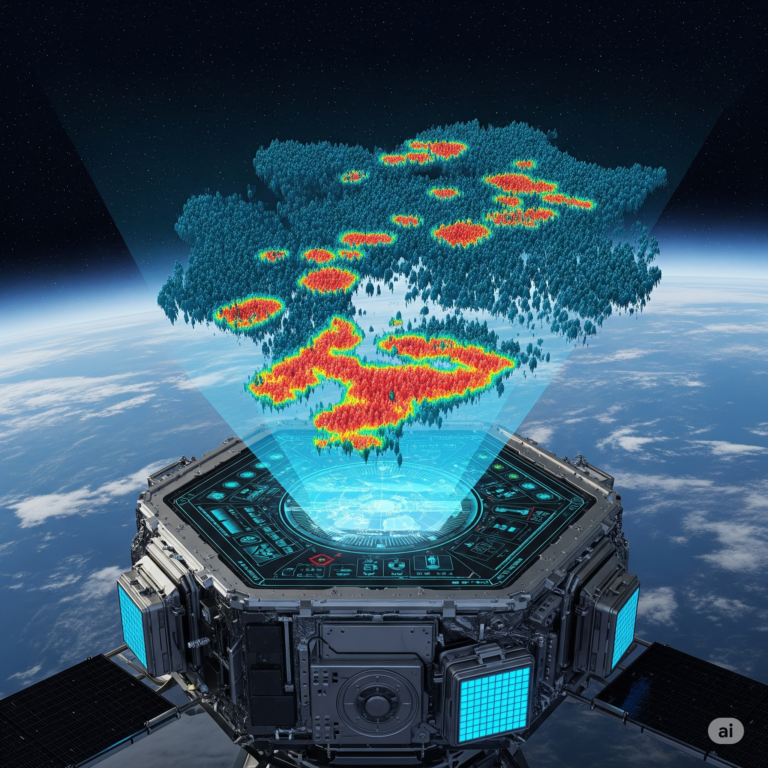


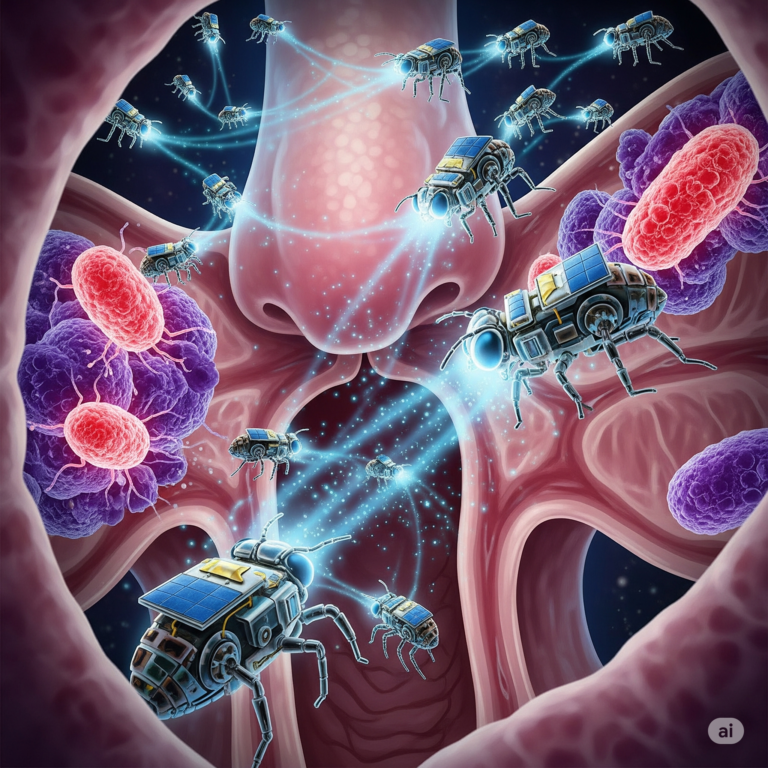
+ There are no comments
Add yours